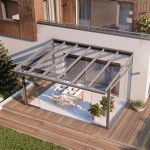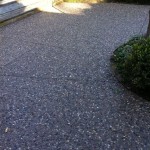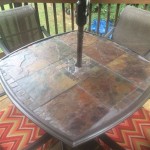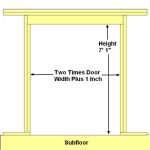Essential Aspects of Choosing the Best Base for Bluestone Patio
Creating a beautiful and durable bluestone patio requires a well-prepared base that provides proper support and drainage. Here are key aspects to consider when selecting the best base for your bluestone patio:
1. Soil Conditions
The soil type and conditions in your area will influence the base preparation. If you have well-draining sandy soil, you may need minimal base preparation. However, if your soil is heavy clay or prone to flooding, you will need a more robust base to prevent settling and unevenness.
2. Base Material
The most common base materials for bluestone patios are crushed stone and concrete. Crushed stone, such as crushed granite or limestone, provides excellent drainage and is easy to compact. Concrete creates a solid, level base but is less porous than crushed stone and may require additional drainage measures.
3. Base Thickness
The thickness of the base depends on the weight of the bluestone and the soil conditions. For patios with standard bluestone pavers, a base thickness of 4-6 inches is generally sufficient. However, for heavier bluestone or areas with poor drainage, a thicker base of up to 8 inches may be necessary.
4. Drainage
Proper drainage is crucial to prevent water from pooling under the patio and causing damage. The base should have adequate slope to allow water to drain away from the patio. In areas with heavy rainfall or poor drainage, French drains or perforated pipes can be installed to enhance drainage.
5. Compaction
Thoroughly compacting the base is essential for stability and durability. Use a compactor or heavy roller to compress the base until it is firm and level. Ensure that there are no soft spots or voids that could lead to settling.
6. Edging
Edging around the perimeter of the patio is necessary to confine the base and prevent it from spreading. Edging materials can include concrete or metal paver restraints, bricks, or treated lumber. Edging also adds a finished look to the patio.
7. Geotextile Fabric
Geotextile fabric can be used as a barrier between the soil and the base material. It prevents weeds from growing through the cracks and helps stabilize the base. Geotextile fabric is especially beneficial in areas with heavy clay soil or poor drainage.
By considering these essential aspects and carefully preparing the base for your bluestone patio, you can ensure a stable, durable, and aesthetically pleasing outdoor space that will last for years to come.
Tips For Great Bluestone Patios

Tips For Great Bluestone Patios

Bluestone Patio What Is It How Much Does Cost

Tips For Great Bluestone Patios

Our Bluestone Patio And How It Can Work For You Chrissy Marie Blog

How To Laying A Bluestone Patio Total Landscape Care

How To Build A Stone Walkway Diy Project Summary Bob Vila

Rockin Walls 2024 Ellicott City Md 680 Sq Ft Bluestone Patio W 3 Beautiful Tiered Steps Backyard

Tips For Great Bluestone Patios

Flagstone Patio Base Preparation








